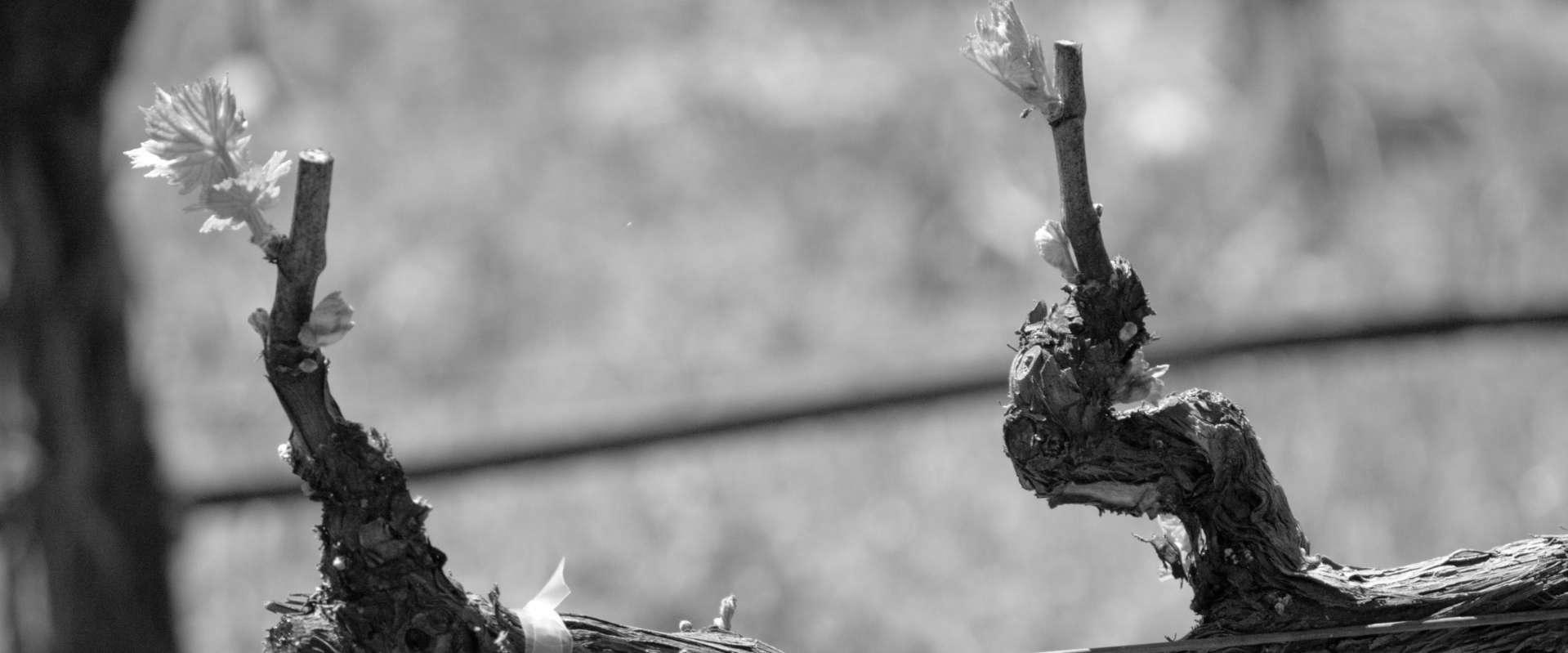When Jack and Jamie Davies purchased the property that once belonged to Jacob Schram they had a choice. In fact, they had a lot of choices. They could tear down the old house and build something modern, they could clear more of the trees to make room for additional vineyards, or they could fashion a state-of-the-art winery facility.
From the beginning Jack and Jamie chose to preserve what was already there. They retained the name of Schramsberg Vineyards to honor its founder. They restored the ancient homestead and raised their family in the house that Schram built. They kept the original barn and made their wine in the crumbling old cellar, utilizing the underground caves that were dug in the late 1800s for bottle aging. Of the nearly 200 acres, they retained 155 of forested land, using only 43 acres for vineyards. Eventually, a newer winery was built to supplement the old one, and great care was taken to utilize the original cellars and honor the charm of its historical design. At Schramsberg, preservation has always been an integral part of the plan. In 1957, Schramsberg was named a California state historical landmark and in 1998 was added to the National Register of Historical Places.
Schramsberg has also been recognized and awarded for the efforts taken to preserve the house and other historical buildings on the property.
In 1967 Jack Davies served as chairman of a citizen committee formed to support the creation of the Napa Valley Agricultural Preserve. His tireless efforts to support agricultural land preservation helped shape the heart of Napa’s wine industry. To carry on his legacy, the Davies family established the Jack L. Davies Fund in order to advance his work. The fund underwrites research and education towards the preservation and sustainability of agricultural lands for years to come. To support this effort, Schramsberg Querencia Rosé was created, with a portion of the proceeds from its sales benefiting the JLD Fund.
Today, Hugh Davies and the current Schramsberg team continue the tradition adopted by Jack & Jamie, taking it a step further with a solid set of practices and policies that ensures conservation and stewardship of the land. Currently, Schramsberg and Davies Vineyards follows a rigorous schedule of environmentally friendly practices, including:
- Installation of two solar arrays, producing 601 kilowatts combined. The arrays consist of 2,537 panels, and produce enough energy to eliminate the emission of 372,712 pounds of CO2 annually, offsetting the amount of CO2 absorbed by 207 acres of trees or produced by powering 4,800 100-watt incandescent light bulbs.
- See our current solar monitor statistics at Schramsberg Vineyards (Chrome required)
- See our current solar monitor statistics at Davies Vineyards (Chrome required)
- Napa Green Certified Land, J. Davies Estate Vineyards
- Fish Friendly Farming
- Vineyards owned and under contract include nine that are full organic operations, three are biodynamic, seven are Fish Friendly Farming certified, four are California Sustainable Alliance certified, and six are Sonoma Sustainable certified.
- Since 2005, Juster Vineyard in Anderson Valley is operating under full organic operations
- Voluntary adoption of no-till farming practices since 1993
- Strict adherence to Napa Co. hillside ordinances
- Incorporation of Sustainable Ag and Integrated Pest Management
techniques - Utilization of only organic or naturally derived fertilizers
- Composted grape material is used as fertilizer to increase water efficiency and help build soil structure
- Maximum efficiency of water applications and utilization of techniques to minimize water waste
- Commitment to the preservation of the 155 acres of forest surrounding the Diamond Mountain Estate
- The Schramsberg team was on the initial advisory board/panel to implement the Napa Green Winery Certification Program
- We have eliminated the use of bleach and related chlorine compounds throughout the winery
- In early 1980, we established a strict recycling program concerning glass, metals, plastic, cardboard, paper, wooden pallets and other material generated throughout the production process
- To conserve energy, we have incorporated efficient lighting in all winery work spaces and store a majority of our wine in underground caves instead of temperature controlled warehouse buildings.


